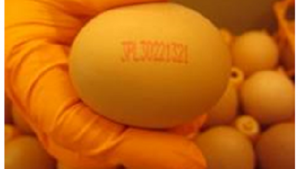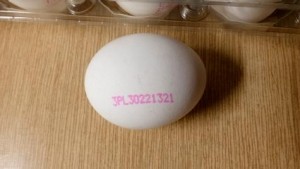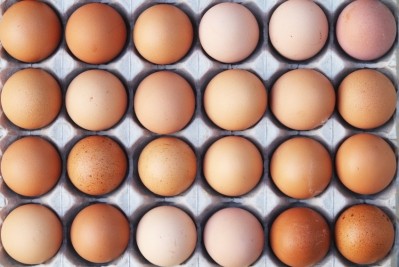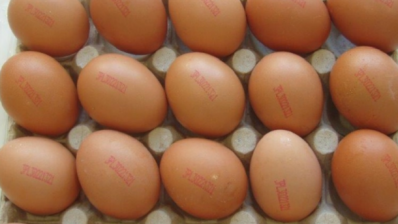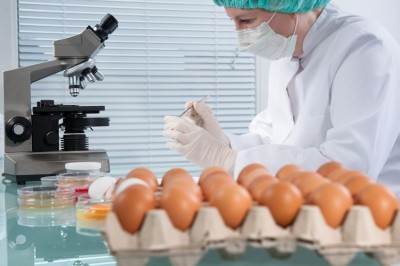Salmonella tainted eggs linked to child’s death in Croatia
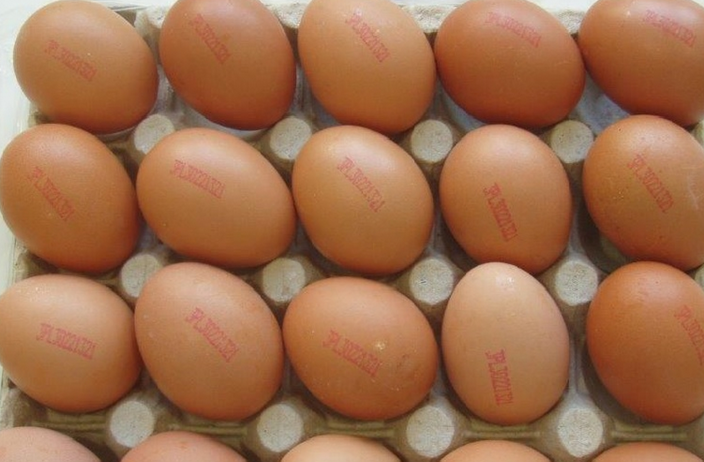
Outbreak cases have been reported by Belgium, Croatia, Denmark, Luxembourg, the Netherlands, Norway, Sweden and the UK. Nine are associated with travel history to Hungary or Poland.
Between May and October, 112 confirmed and 148 probable S. enteritidis cases were reported, said the European Centre for Disease Prevention and Control (ECDC) and European Food Safety Authority (EFSA).
Distribution of reported outbreak cases steadily increased since the first week of May and peaked in the last week of September.
Croatian and Polish investigation
Five members of the same Croatian family were infected, including a five-year old child who died. The epidemiological investigation showed it was related to home-consumed food and the family had eaten eggs bought in a retail chain.
Investigations showed a number of food establishments and at least a retail chain in Croatia received eggs supplies from Fermy Drobiu Woźniak (Wozniak Poultry Farms) in Poland.
The company has yet to respond to our request for comment.
Polish authorities have banned placing on the market eggs from the packing centre. It does not apply to those used in production of products sufficiently heat treated.
Eggs included in withdrawal are labeled with numbers 3PL30221321 and 3PL30221304.
They were distributed directly or indirectly to Belgium, Bulgaria, Croatia, Czech Republic, Denmark, France, Germany, Greece, Hungary, Italy, Netherlands, Norway, Romania and UK.
The Local Veterinary Inspector (LVI) took swabs from surfaces in the production area and analyses are ongoing.
Trace-back investigation showed the Polish egg packing centre receives eggs from 10 poultry farms.
The LVI took stool samples at farms and samples of eggs originating from farms that provide eggs to the Polish packing centre and analyses are ongoing.
Previous analytical tests including samples of faeces, eggs and swabs as part of the company's own checks from June 2015-March 2016 tested Salmonella negative.
Out of these 10 farms, two were mentioned as the possible source of infection; they tested Salmonella negative in sampling as part of national control programmes.
In Croatia, remaining eggs were sampled and analysed (without egg-shell): out of 22 eggs, two were positive for S. enteritidis. The final typing of S. enteritidis isolates is in progress.
Investigations identified a specific batch originating from the packing centre in Poland as the one linked with the cases.
Sampled eggs from the same batch and the same company at the retail outlet where the eggs were bought by the family including the egg-shell and the egg-content tested negative.
Via tracing-back of the sampled eggs, a wholesaler was identified in Croatia that sold the eggs of the suspected batch to the retail chain on 3 October; the suspected eggs originated from the Polish packing centre.
At the wholesaler, 1,070 samples of egg-shell and egg-content were taken and the analysis is ongoing.
Another two batches of eggs from the same Polish packing centre are under investigation.
Other samples in the house of the family from food leftovers (cooked rice and peas, and meat), as well as from kitchen surfaces and utensils and some of them (cooked rice and peas, kitchen utensils) tested Salmonella positive.
Association with illnesses since 2012
A multi-country outbreak of S. Enteritidis phage type (PT) 8 with multiple locus variable-number tandem repeat analysis (MLVA) profiles 2-9-7-3-2 and 2-9-6-3-2 is being investigated.
Based on whole genome sequencing (WGS), isolates are part of two distinct but related genetic clusters.
Sampling of eggs for human consumption originating from the implicated Polish packing centre in the Netherlands in October yielding positive results for S. enteritidis contamination.
Eight non-human S. enteritidis isolates from the eggs were found to have MLVA type 2-9-7-3-2 and to belong to the two WGS clusters associated with this outbreak.
The sampling time between the different food isolates belonging to the WGS clusters demonstrates that contaminated products have been distributed to different EU countries on multiple occasions for at least seventeen months between May 2015 and October 2016.
It is also possible that this multi-country outbreak is associated with one or more common sources persisting in the EU/EEA since at least 2012, said ECDC.
Country investigations
A case-control study in the Netherlands has interviewed 44 cases and 43 controls. A preliminary analysis identified cases more likely than controls to have eaten in a food establishment, but no specific exposures have been identified yet.
Epidemiological data from the UK indicate a link between cases and specific food establishments in Scotland.
In Belgium cases have been linked to eating meat products containing eggs from two butchers.
For information on investigations in the UK, Norway, Denmark and Sweden see our previous article.
Státní veterinární správa (Czech Republic State Veterinary Administration) banned sale of around 3.5 million eggs supplied by Fermy Drobiu Woźniak.
Date codes are: 22, 25, 31-10-2016 and 3, 4, 5, 6, 7, 8, 10, 13, 14 and 15-11-16 sold in Ahold, Kaufland and Tesco.
The Centre for Food Safety (CFS) of the Food and Environmental Hygiene Department in Hong Kong urged the public not to consume eggs imported from Poland with code "3PL30221321", as they might be contaminated with Salmonella.
Yee Tai Trading Company and Winbo Trading International Company imported 4,730 cartons and 961 cartons of the affected eggs from Poland.
Affected batches have expiry dates November 2, 8, 9, 16 23 and 30, 2016.
The importers said they had no remaining stock of the affected eggs and products have been sold to wholesalers.
